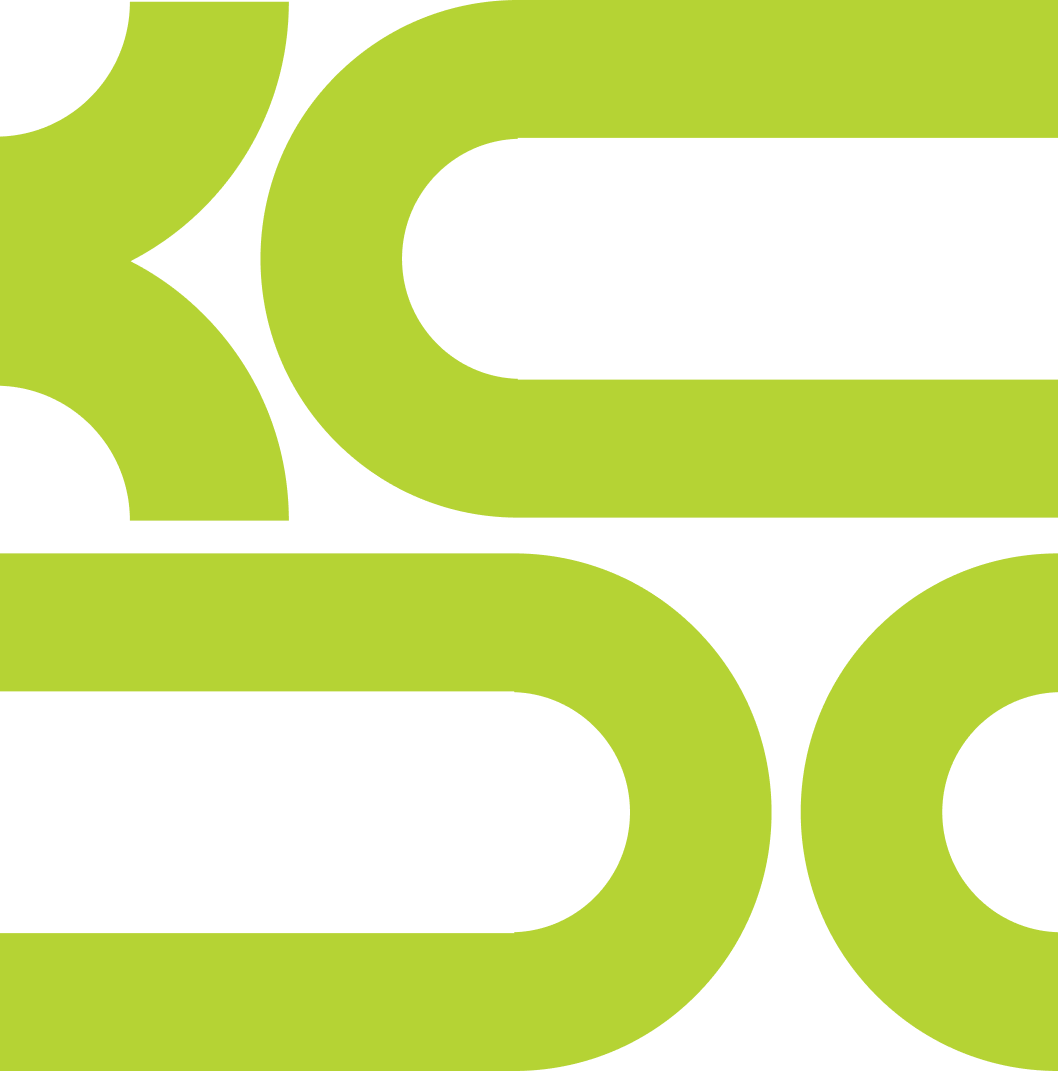A lot has been happening this semester at KCDC. The Recycling Vision Study is in the Schematic Design stage as we get ready for our final professional reviews before the completion of the project. The Art in the Loop Vision Plan is coming to a wrap as we compile the proposed selection of sites. There has also been an incredible lecture series hosted by KCDC with a variety of inspirational and thought-provoking speakers. The speakers this semester include Lola Sheppard of Lateral Office based in Toronto, Matt Wetli, a planner at Development Strategies based in St Louis , and Jay Siebenmorgen a design principal at NBBJ in New York. All of these lectures have been incredibly informative as each of these speakers shared their views on how design and design thinking can enrich the environment and cities around us.
On the Recycling front, we selected a few sites for links, clusters and nodes to design in detail in order to demonstrate how the system could work cohesively. These sites then become examples for how certain sites could be designed. The links group has analyzed in detail a section of the system in order to determine what types of interventions are appropriate based on the types of movement through the public right of way. They have analyzed conditions such as the people inhabiting the sites, points of interest of activity within the system, the width of the right of way, and street edge conditions. The proposal for these sites includes a modular kit of parts that is designed specifically for those sites based on the activities that should occur there. Some of the pieces include seating, waste bins, bike racks and informational exhibits that can be placed in different parts of the city along those pre-established links.
The cluster strategy is a means of optimizing efficiency for recycling pick up for the haulers by clustering waste for buildings located near each other. This allows for efficiency in pickup from the haulers (less pick-ups per block) as well as for the business owners because they can negotiate for lower rates from the haulers due to the larger waste capacity of the combined buildings. The ideas for the cluster that has been selected is centered on using the waste receptacles as space defining objects in order to enhance the space they encompass rather than detract from it. In order to make these bins attractive, technology as well as passive systems are used to increase ventilation in the bins as well as increase security in order to limit who can access these bins.
The nodes are about creating points of activity that have different purposes such as collection, showcasing and they employ multiple strategies to bring recycling awareness and education to the public. The nodes we have chosen for further site design are the organic and showcase nodes. The purpose is to show two completely different nodes and highlight how they can enrich the public realm through the use of different strategies. The organic node is focusing on the collection of public as well as private multi-family organic waste in order to feed a nursery for the city’s street trees. They are also incentivizing the collection of organic materials from the public by the implementation of a reward system for the collection of these materials. This focuses on the creation of new recycling infrastructure as well as educating the public on a practice that is a bit of a mystery to the general public. The showcase node on the other hand is about creating a structure that allows for the exhibition of public art made from recycled materials. This activates the public realm through rotating pieces that are educational as well as exciting and showcase the potential of these materials. Comprehensively, these designs are a way of showing how a system of sites can enhance recycling in the public realm through a multitude of strategies known to increase recycling rates.
The Art in the Loop Vision Plan is nearing completion as we begin to compile the documentation for the sites that we selected as well as the process used to determine the system of art sites. Through meeting with our Advisory Council as well as with local artists, we are This system aims to increase the impact of art in the downtown loop as well as the range of types of art in order to create a more vibrant public realm. Some of the strategies for increasing these impact areas include focusing on different populations in order to create art that is not located only in highly trafficked areas but also in some of the residential concentrations and areas around the fringe of the loop to create art “beacons”. This system becomes a framework for a variety of art that can appeal to a variety of communities within the downtown loop.
All of these ideas and designs will be on display for our open house in May as we finalize the projects and get them ready for public display! So keep an eye out for information about Open House!
p.s. We got a new 3D printer. Get ready to see some great models at our next public meeting!










